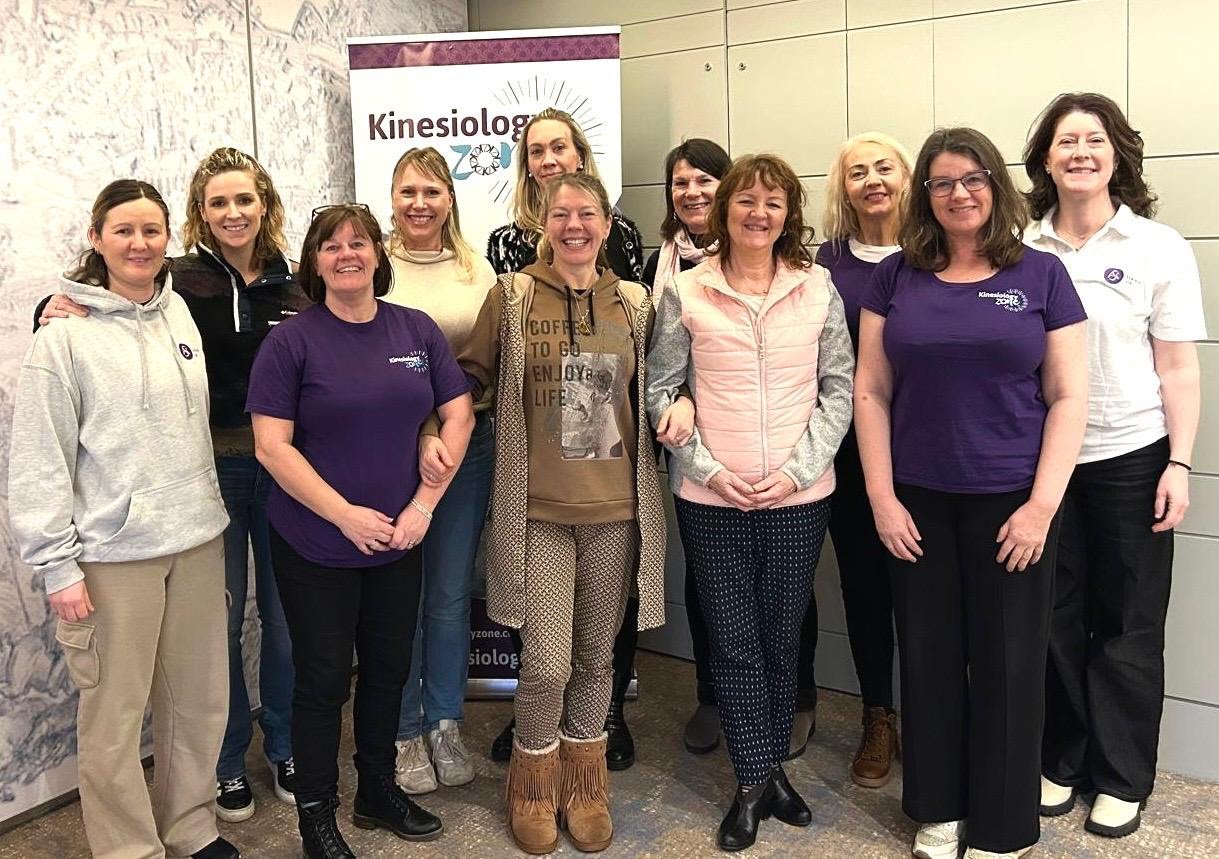In the last blog I wrote about learning a new skill in a certificate botanical drawing class. As I mentioned, it was a great opportunity to meet new people, and this got me thinking about one particular occasion. One of the other students on the course lived some distance away, and had to spend over an hour travelling in each morning and then returning home. Because of this she often arrived a little flustered, and didn’t get as much of a chance to get to know the other students. While the rest of us were able to chat amongst ourselves before and after the class, she arrived just in time and then had to rush off as soon as possible to catch her train.
As a result, I didn’t get to know this woman as well as some of my other fellow course-mates, and so when a weekend day out walking happened to bring me to her hometown, I hesitated before sending her a message. It was a few weeks after the course had ended – what if she didn’t even remember me, I thought. In the end I didn’t send a message, but popped into the shop where she had told us she worked, to see whether or not I would run into her.
As soon as she saw me, she broke into a huge grin. Even though we hadn’t been able to get know each other well during the course, it was wonderful to see her, and see how much she appreciated me popping in. We only spoke for a few minutes, and may be unlikely to strike up a long-term friendship, but it was lovely to have that moment of connection. It reminded me that it’s always worth making that effort, and that sometimes it can be wonderful to make those connections even if they are not with close friends. We often overlook relationships with “acquaintances”, but it can be wonderful to share a brief hello every now and again.








